
views
Giving Your Rat the Best Possible Nutrition
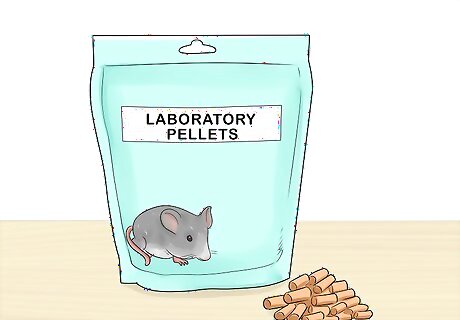
Feed your rat laboratory pellets. Many pet stores stock them in small, bagged quantities. If your local pet store doesn’t carry them, you can ask the manager to order them. Common brands include Lab Blox, Rodent Chow, and Pet Blocks. Your rat’s laboratory pellets should be measured correctly. Avoid dumping a random amount of food into your rat’s bowl, or using an object of the wrong size to get food out of the bag. If the bag specifies a cup as a serving, use an actual cup measure. Fiber is extremely important to your rat’s diet. If you’re feeding your rat a commercial blend made for both rats and mice, choose one that is higher in fiber. While rats and mice are very similar, rats need more fiber than mice.
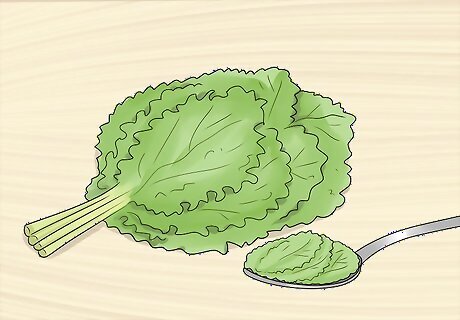
Supplement your rat’s daily food with fresh greens. A tablespoon of greens with each serving of pet food is a healthy addition to any meal, and will also help your rat to get enough fiber. Rats love kale, in particular.
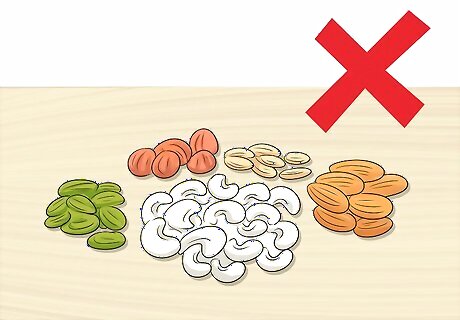
Avoid feeding your rat seeds. While rats love all kinds of seeds, they will pick and choose the seeds they want, possibly leading to poor nutrition if their food is formulated with only seeds.Too many oily seeds and nuts can also be bad for rats due to the high fat content.
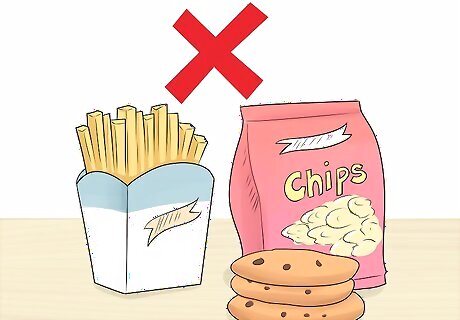
Resist giving your pet rat junk food. As much fun as it is to watch your rat eat french fries, it’s not a good idea. Cookies and chips are also off limits. If you want to give your rat healthy people food, bananas, avocados, broccoli and corn on the cob are fine, in limited amounts. If you want to share snack-type foods with your rat occasionally, stick to healthier options, such as plain popcorn, low-sugar cereals like Cheerios, and dry oatmeal. Just like humans, rats will gain weight if they eat foods that are high in sugar and fat.
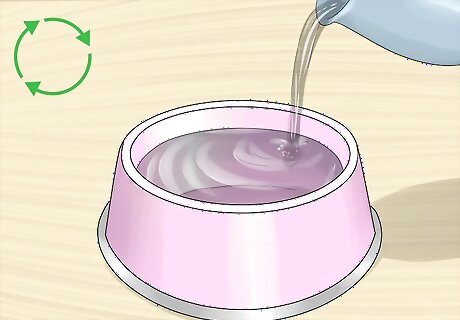
Refresh your rat’s water frequently. Making sure your rat has plenty of fresh water is essential to fighting obesity. As with all living creatures, water is vital for all of your rat’s bodily functions. Either a water bottle or a bowl can work for your rat. Some rats are messy and will cover their water bowl over with debris, making it difficult for them to drink. You may need to experiment to see which works best for your rat. If you use a water bowl, be sure to take the size of the rat into account. The larger the rat, the larger the water bottle you’ll need.
Weight your rat weekly to determine if you need to adjust their food. It is important to monitor your rat's weight closely so that you can address any problems with their weight right away. Weigh your rat weekly and watch for other physical signs that your rat may be gaining an unhealthy amount of weight, such as not being able to feel its ribs or noticing a fat pad between its hind legs. The average adult weight is 0.6 to 1 pound (270 to 450 g) for a male rat and 0.5 to 0.7 pounds (230 to 320 g) for a female rat.
Exercising Your Rat
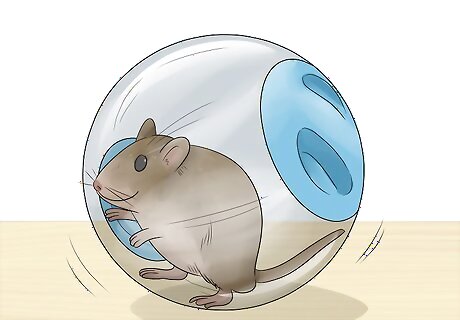
Let your rat roll around in an exercise ball in a safely contained area. An exercise ball is a transparent ball that you can place your rat in to allow it to roam around a set area. While people often buy their rats exercise wheels, many rats don’t like them and would prefer the freedom and adventure that rolling around in an exercise ball provides. Never leave your rat unattended while in an exercise ball. Be sure to avoid stairs, and watch out for your rat in case it gets stuck in a tight spot it can’t roll out of by itself.
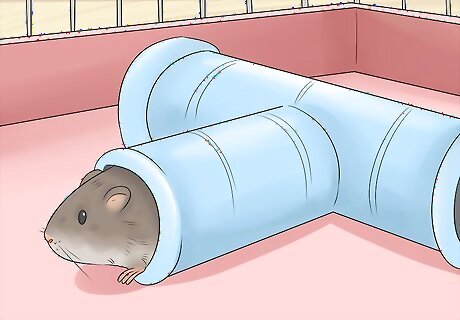
Give your rat toys to play with. Even when your rat is stuck in its cage, you can still provide exercise. Tunnels are a great way to occupy a rat’s attention while it burns calories. Rats also love chew toys, such as wooden gnawing blocks and rawhide chew sticks. Chewing can give your rat some additional exercise. You can also use cooked soup bones as chew toys.
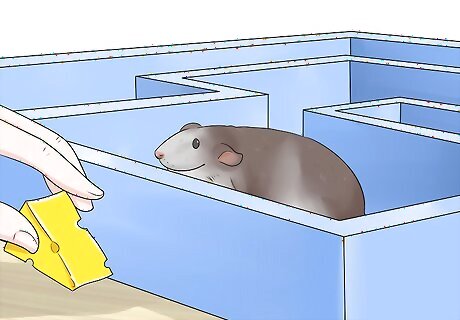
Play with your rat. This will help you to bond with your rat and exercise it at the same time. A fun and creative way to have play time with your rat is to set up a playground complete with tunnels, mazes, and rope ladders. To get your rat to move around even more, place healthy snacks around the playground to encourage it to explore and run around.
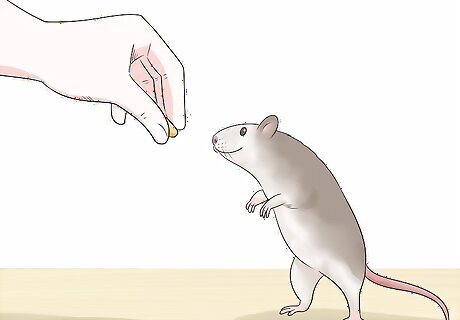
Train your rat to do tricks. Any trick that causes your rat to move around will be good exercise for it. Start with simple tricks, like teaching it to come when called using food, and then you can progress to more difficult tricks. Easy tricks you can teach your rat include: Responding to its name. By saying its name when your rat is in front of you and immediately rewarding it with a treat, you can train it to come when called. Shaking “hands” with you. By saying the word “shake,” touching your rat’s foot, and then rewarding it with a treat, eventually it will associate that word with its foot and begin lifting it up when you say it. Standing up on its hind feet. By holding a treat over its head and saying, “up,” your rat will begin to associate that word with getting a treat and will automatically stand on its hind feet when you say it.















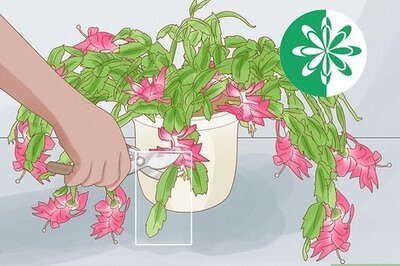




Comments
0 comment